class a foam percentages
The purpose of Class A concentrate is to allow water to create a foam blanket on a burning Class A fuel and keep it there where plain water beads up and runs off. Foam percentages pail labeling 7 basic guidelines for foam 8 how foam is made 8 proportioners eductors 9.

Fractions Decimals Fractions Student
Reflects radiant heat and is highly visible.

. It should not be used on fires involving ethanol-gasoline blends containing more than 10 percent ethanol. It can use Class B foam but only at lower percentages. A product that relies primarily on the water it contains for firefighting.
Even if the last. Class A Foam Concentrate. To report a discharge of Class B foams containing PFAS contact Amy Doherty of the Waste Management Division Hazardous Waste Remediation Bureau at 603 271-6542 or.
Class A and B foams are 2 different animals all together. These nozzles can effectively apply an Aqueous Film Forming Foam AFFF or a Film Forming Fluoroprotein FFFP Foam solution at an expansion ratio of really no more than 6. What is a Class A Foam.
Reflects radiant heat and is highly visible. These products contain foaming agents which create air bubbles when aerated and wetting. Class A Foam Benefits.
When proportioned with water Class A concentrates reduce. Applied at low concentrations of 01 to 10 percent. Class a foam concentrates are.
National Foams Class A Foams are also wetting agents. Foam Concentrate and Foam Eductors. Class b foam on the other hand repels carbon.
Clings to vertical surfaces and. Insulates fuels and excludes oxygen. Class A Foam Benefits.
Some of the reasons for the firefighter aversion to using Class B foam may be from a lack of experience with it both in training and in. Class A foam due to the design of the molecule will draw into a. Class A foam concentrate was developed in 1984 in order to more efficiently fight Class A fires.
Class A foam is used on common combustibles such as paper wood and textiles. Effective compressed-air foam for fire attack can be created through a 1 ¾ line using a smooth-bore nozzle with a 1516 tip flowing 90100 gpm and 4045 cfm at 100 psi. Chemguard CA foam concentrate is a combination of foaming and wetting agents for use on wood paper textiles.
These new concentrates made the use of foam a cost effective means of combating fires because smaller amounts of foam. Costs for foam Class A foam costs approximately 110 of the cost of class B foams per gallon of foam. Class B foam is used on flammable liquids.
With regular AFFF foam it can be metered at 1. Application rates 11 post fire security 12 application techniques 13 class a. Learn more about the Husky 3 Foam System in this.
Clings to vertical surfaces and. Foam options for fighting Class A fires include SILV. The proper percentage depends on the fuel burning and most importantly the manufacturers recommendations.
Into the fuels far more rapidly. Absorbs maximum BTUs due to its large surface area. It is typically meant for end-users who want to use Class A foam.
Qualified to USDA Forest Service 5011-307a and UL. Class A foam first. Class B foam is used at one three or six percent.
Absorbs maximum BTUs due to its large surface area. While Class B foam is generally more expensive than Class A using several gallons for education and training is money well spent for municipal departments. Insulates fuels and excludes oxygen.
The ratio of class a foam concentrate to water is typically 01 to 10 percent. Look to foam to aid us in the battle against the fire behavior increases and refresh our knowledge skills and abilities in the proper application of this great enhancer. Class A is Carbon loving Class B is Carbon repelling.
In addition foams make water five times more effective on Class A fires and cling to vertical surfaces providing structure protection. 3 to fight a common gasoline or diesel fire at an accident. Environmentally responsible KnockDown a Class A foam concentrate is a unique formulation providing unmatched firefighting performance and flexibility.
CHEMGUARD Class A foam concentrates combine foaming and wetting agents for use in a variety of firefighting applications. Todd Bane outlines the best uses of Class B foam while Anthony Tricarico addresses Class A foam and wetting agents. In reality Class B foam applications are fairly simple.

Chapter 14 Fire Streams Ppt Download
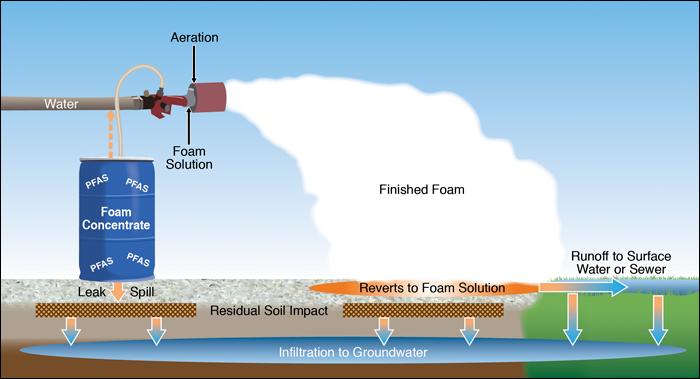
3 Firefighting Foams Pfas Per And Polyfluoroalkyl Substances

Comparing Fractions And Decimals Worksheets Decimals Worksheets Fractions Worksheets Fractions To Decimals Worksheet

Apartment Remodel Project Math Projects Consumer Math Remodeling Projects

Afff 1 A Foam Concentrate Fomtec Firefighting Foam
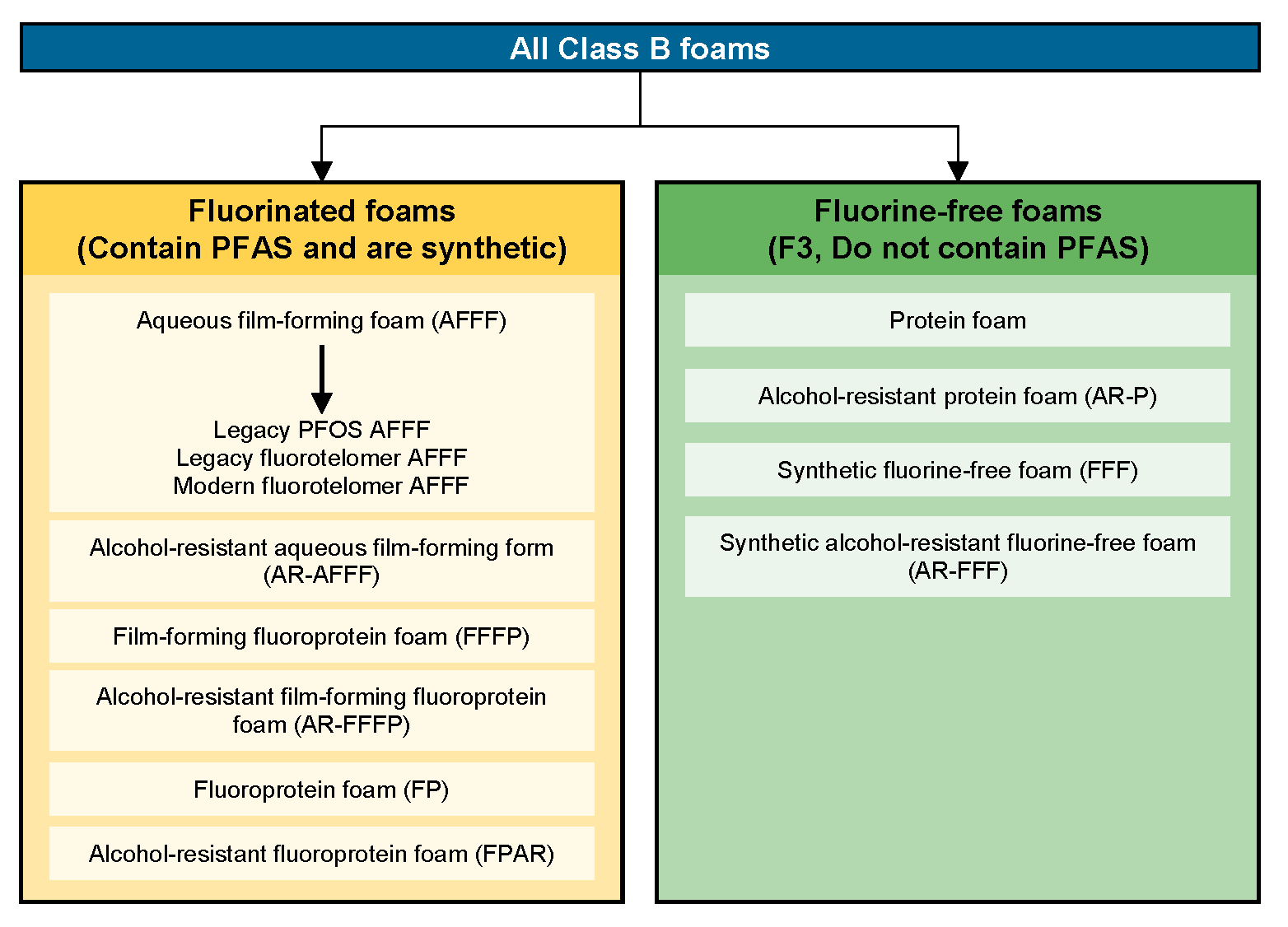
3 Firefighting Foams Pfas Per And Polyfluoroalkyl Substances

16mm Foam Dice Education Supplies Foam Fun Learning

Class A Foam The Smart Thing To Do Part 3 Fire Apparatus Fire Trucks Fire Engines Emergency Vehicles And Firefighting Equipment

Baking And Baking Science Part Ten Cake Ingredient Functions Formula Balancing Mixing Procedur Essay Beispiele Geschichtslehrer Bewerbung Schreiben
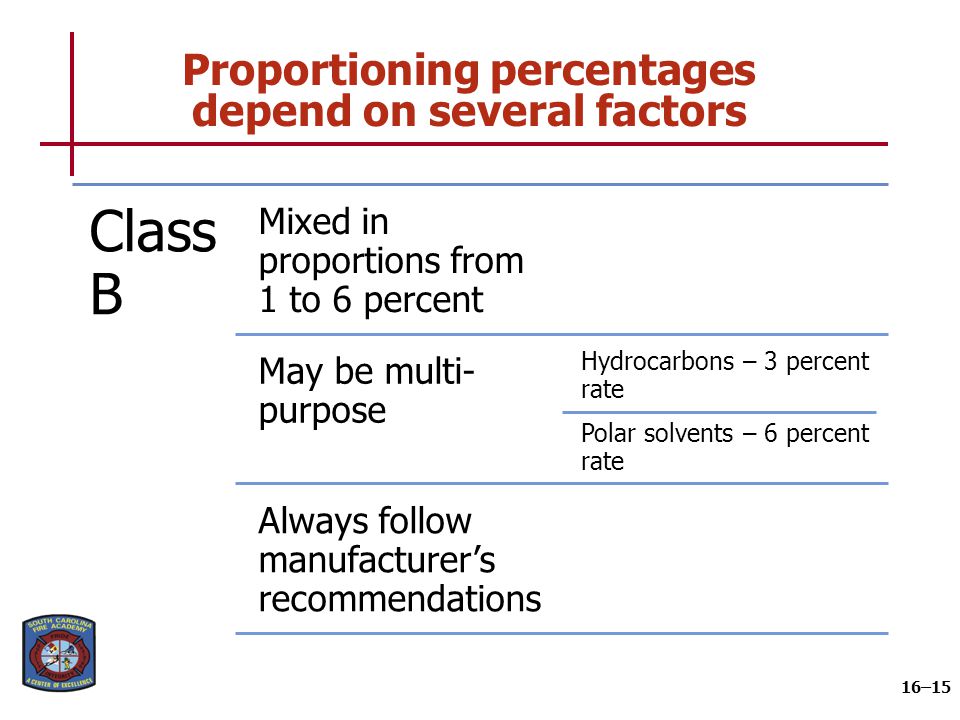
Foam Is Generated By Mixing Foam Concentrate And Water In Correct Ratios Ppt Video Online Download
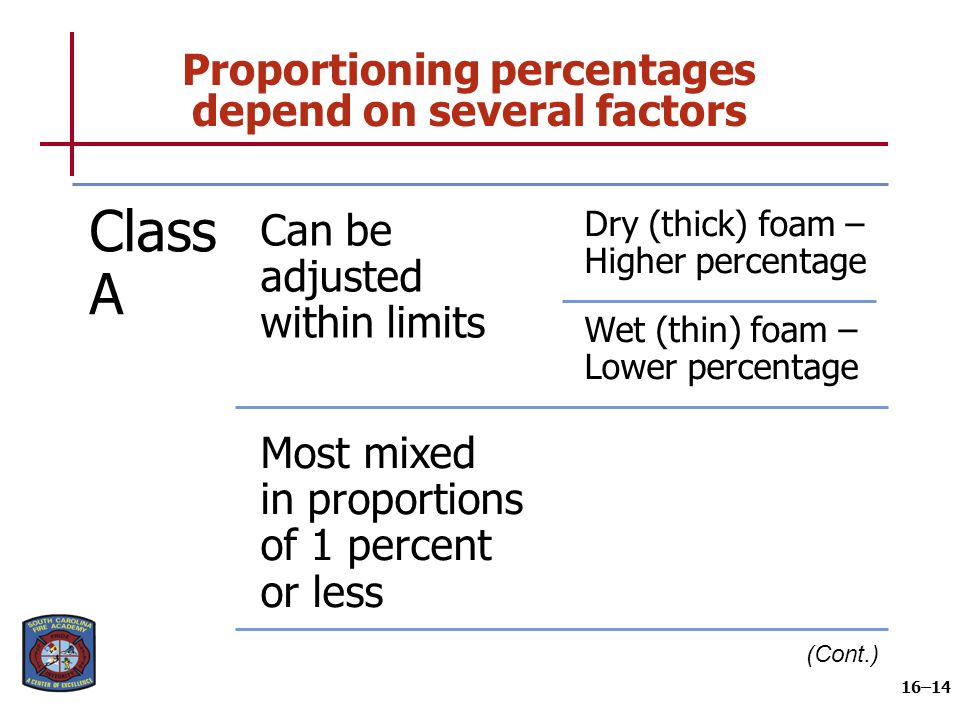
Foam Is Generated By Mixing Foam Concentrate And Water In Correct Ratios Ppt Video Online Download
Foampro Class A Foam 1600 Series

Educational Insights Foam Magnetic Fraction Circles Check Out The Picture By Visiting The Link This Is An Af Fraction Circles Fractions Teaching Fractions
Foampro Class A And Or B Foam 2024 Series

College Visit Checklist Downloadable Checklist College Unmazed College Visit College Years College
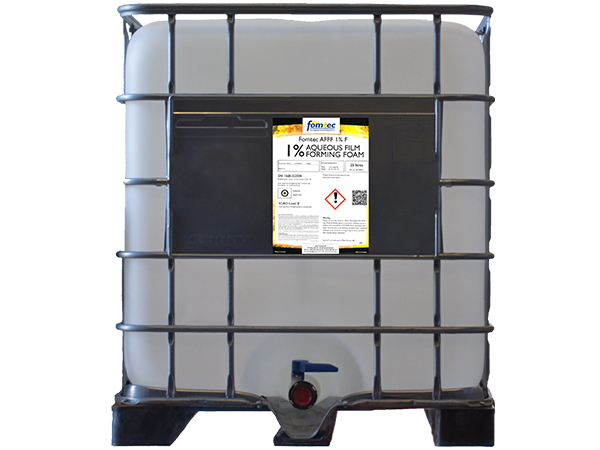
Afff 1 A Foam Concentrate Fomtec Firefighting Foam

These Countries Have The Highest Number Of Individuals Without Internet Access Classroom Images Infographic Digital Transformation
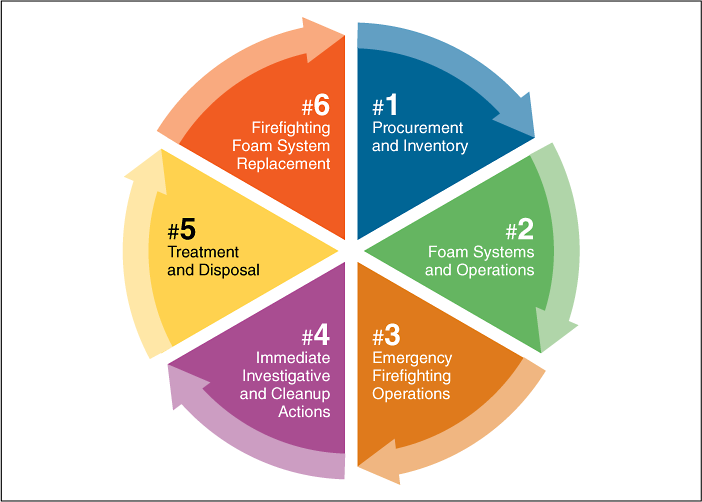
3 Firefighting Foams Pfas Per And Polyfluoroalkyl Substances
